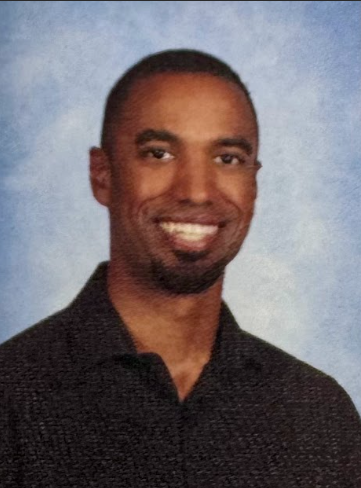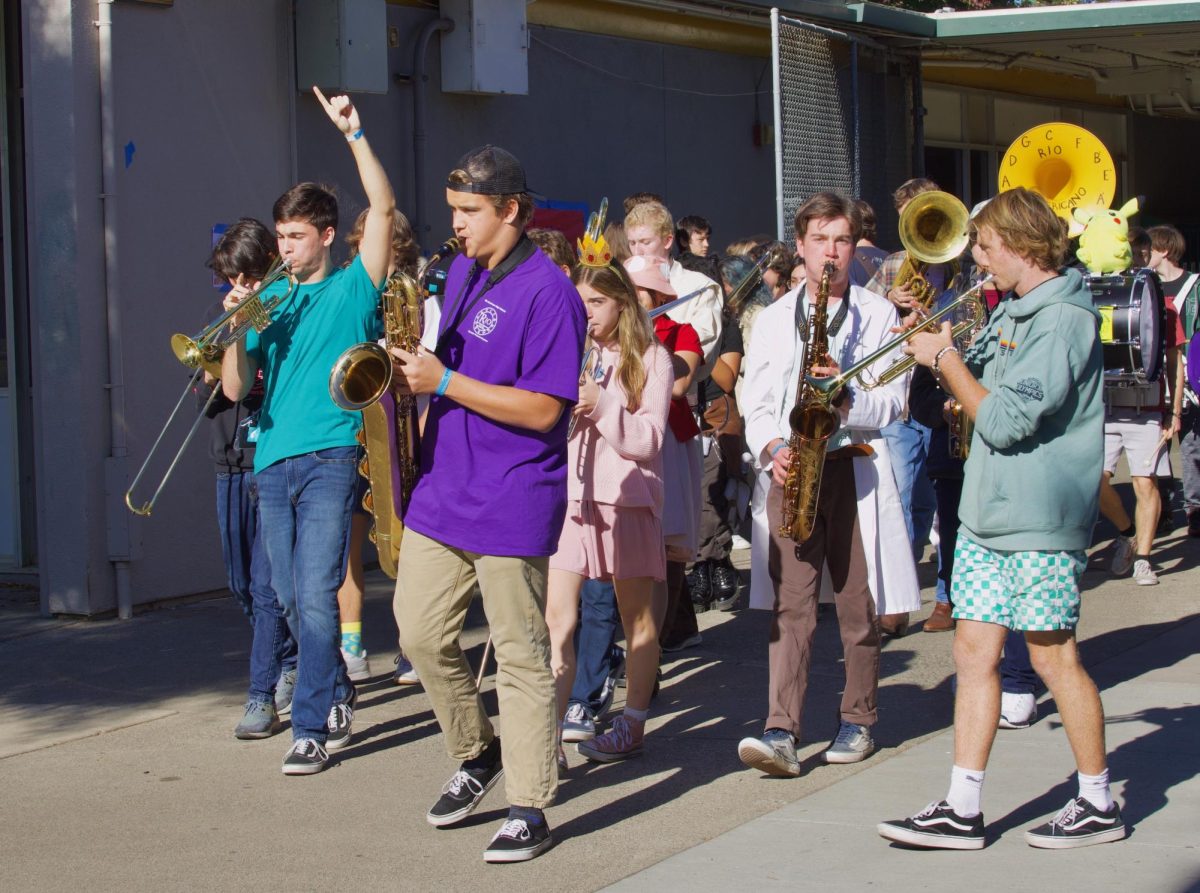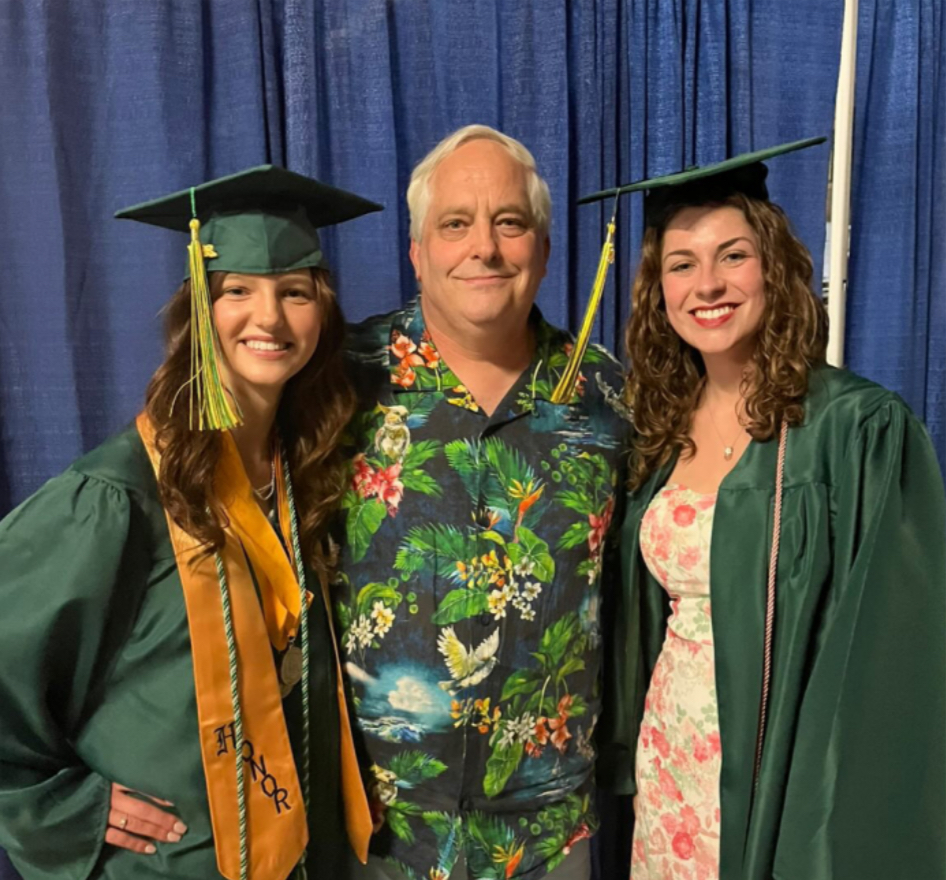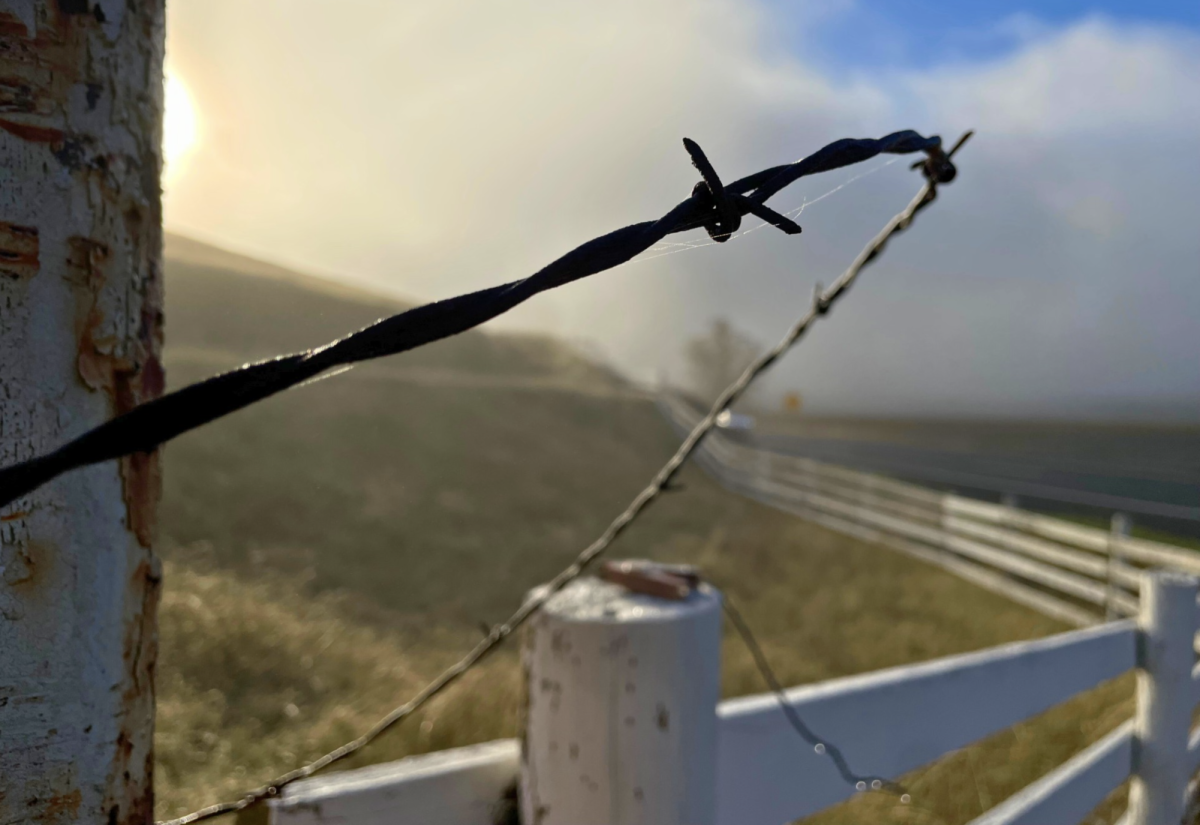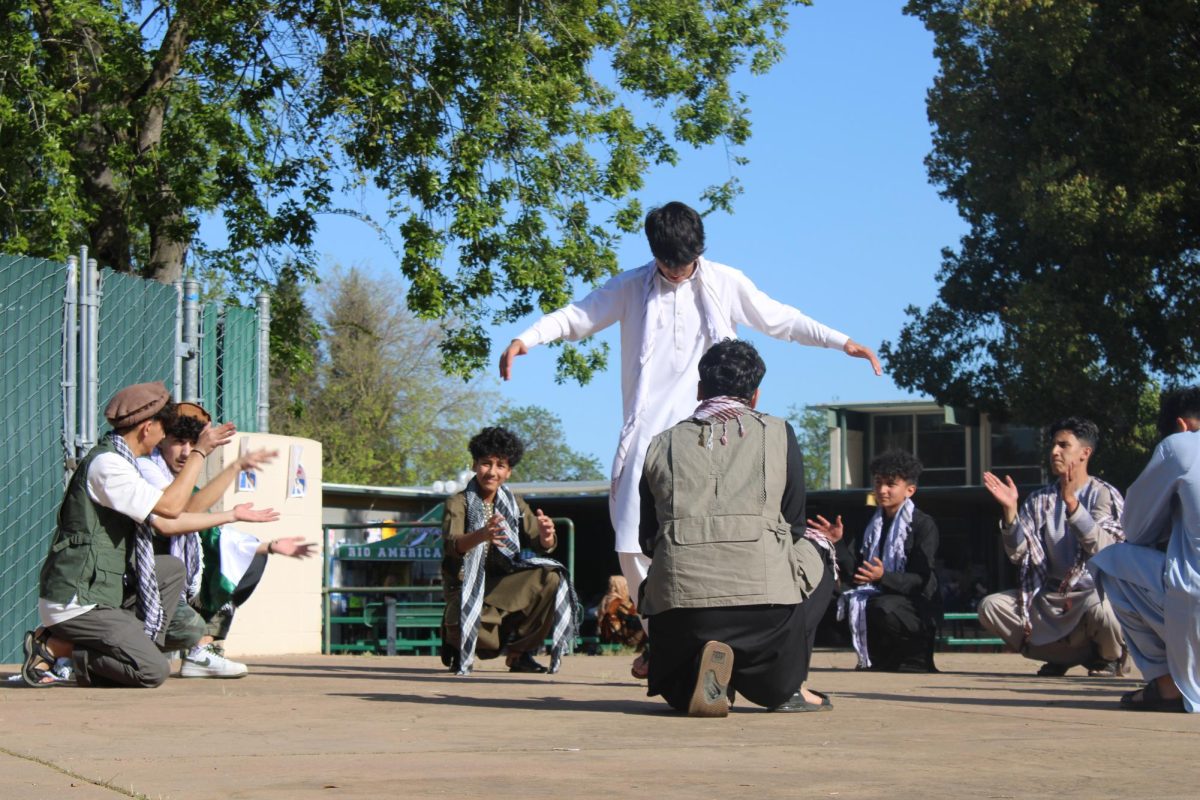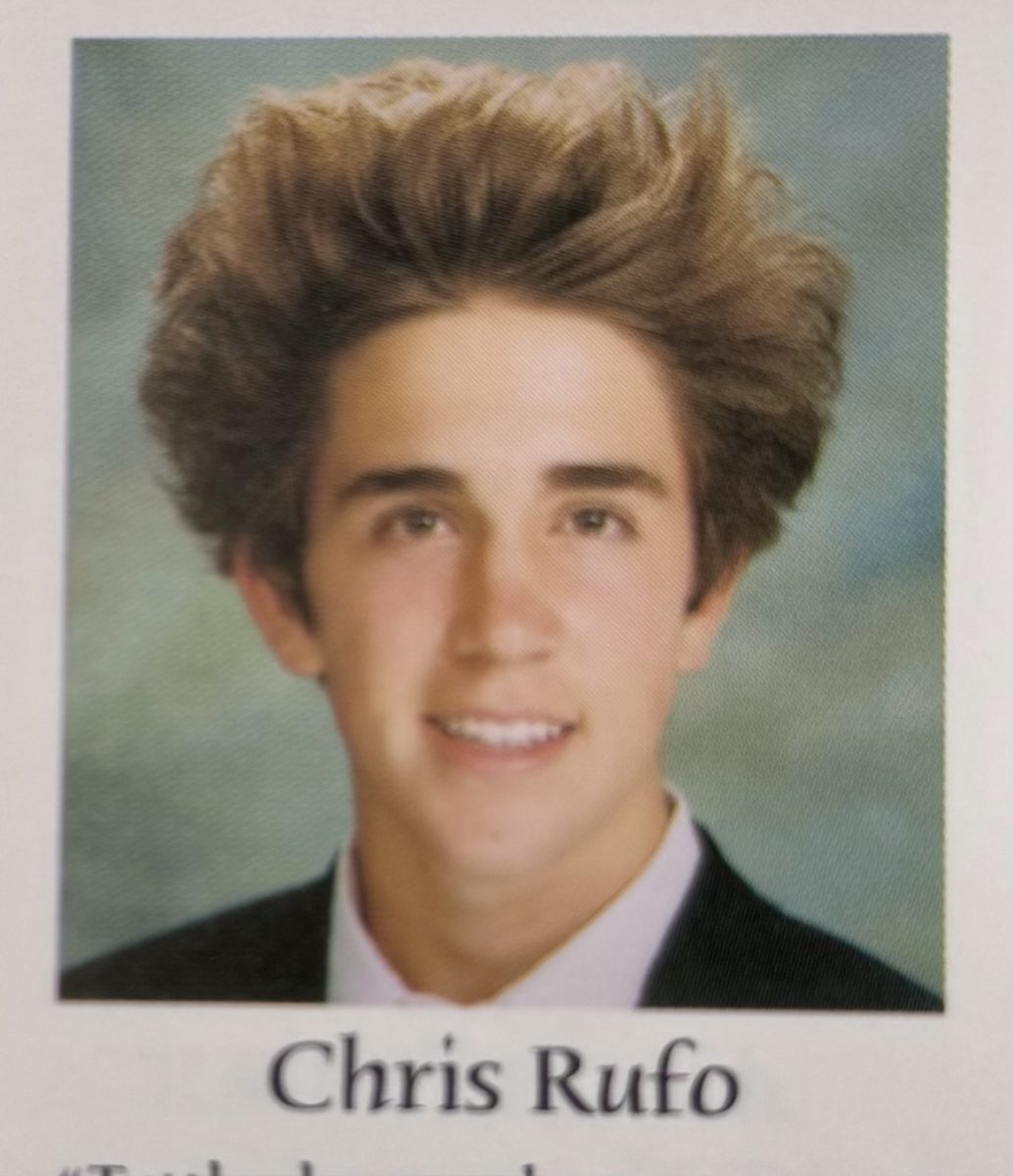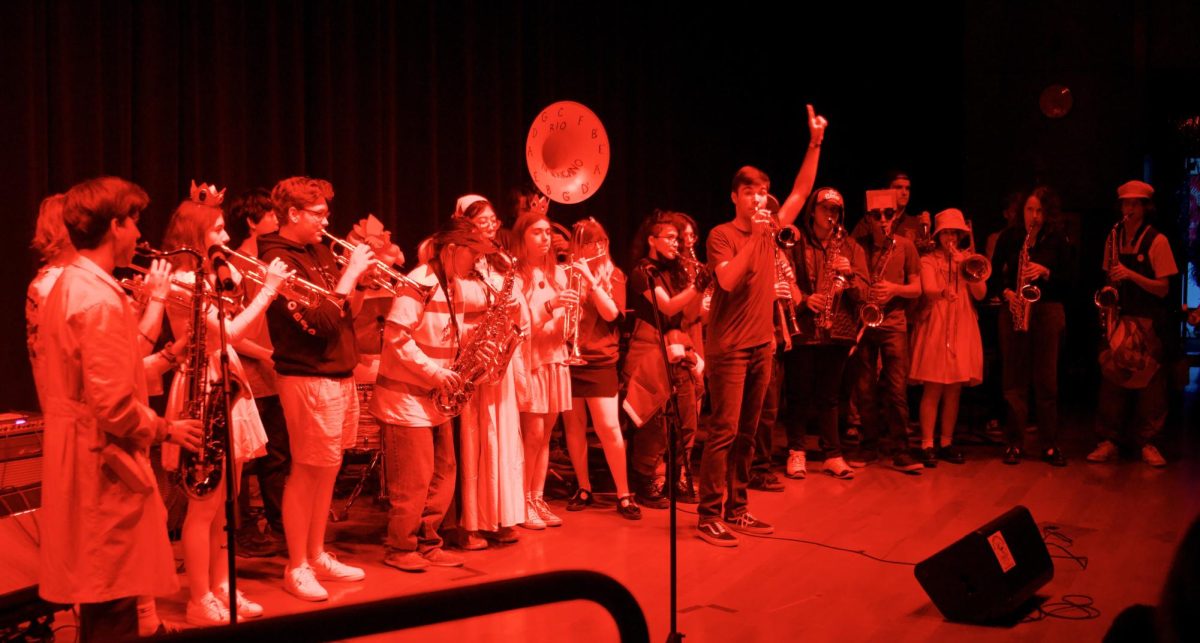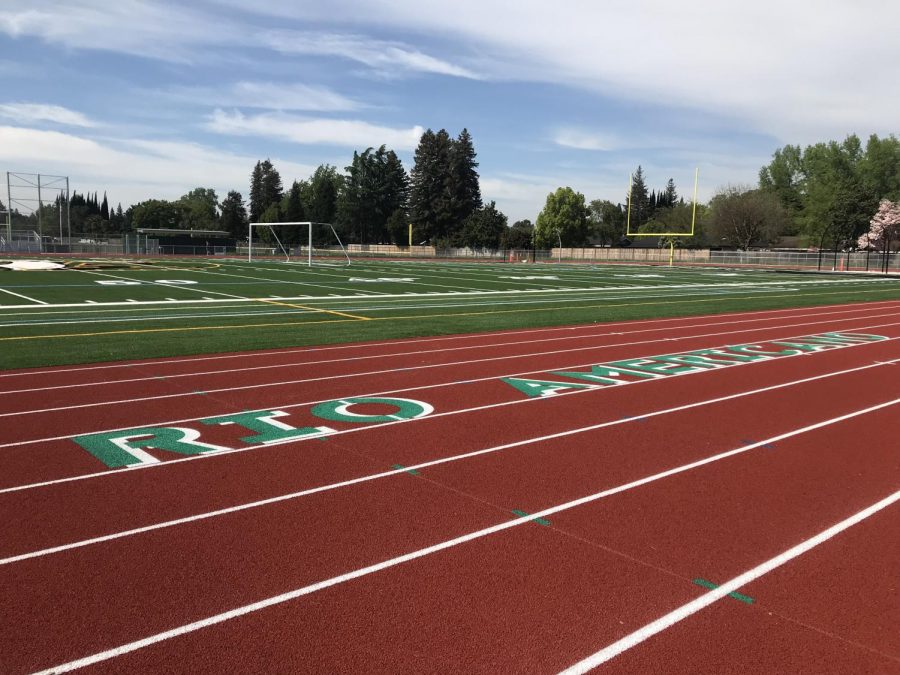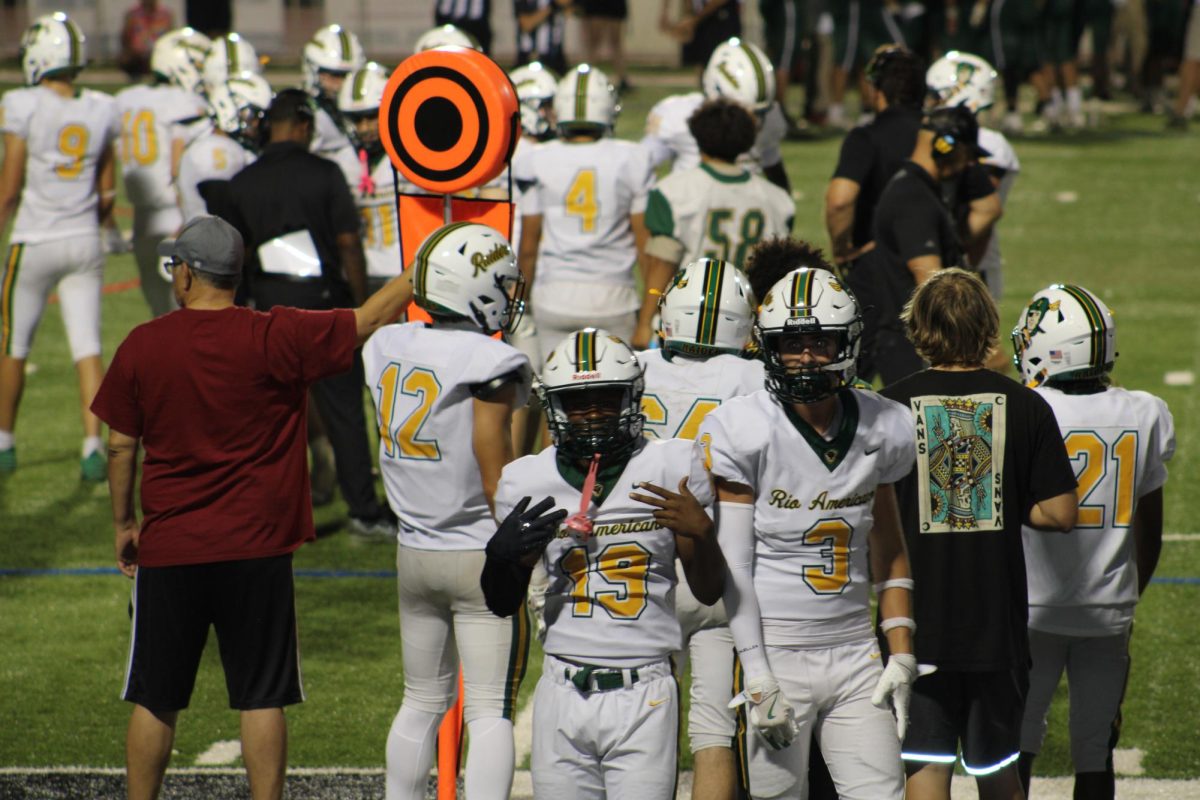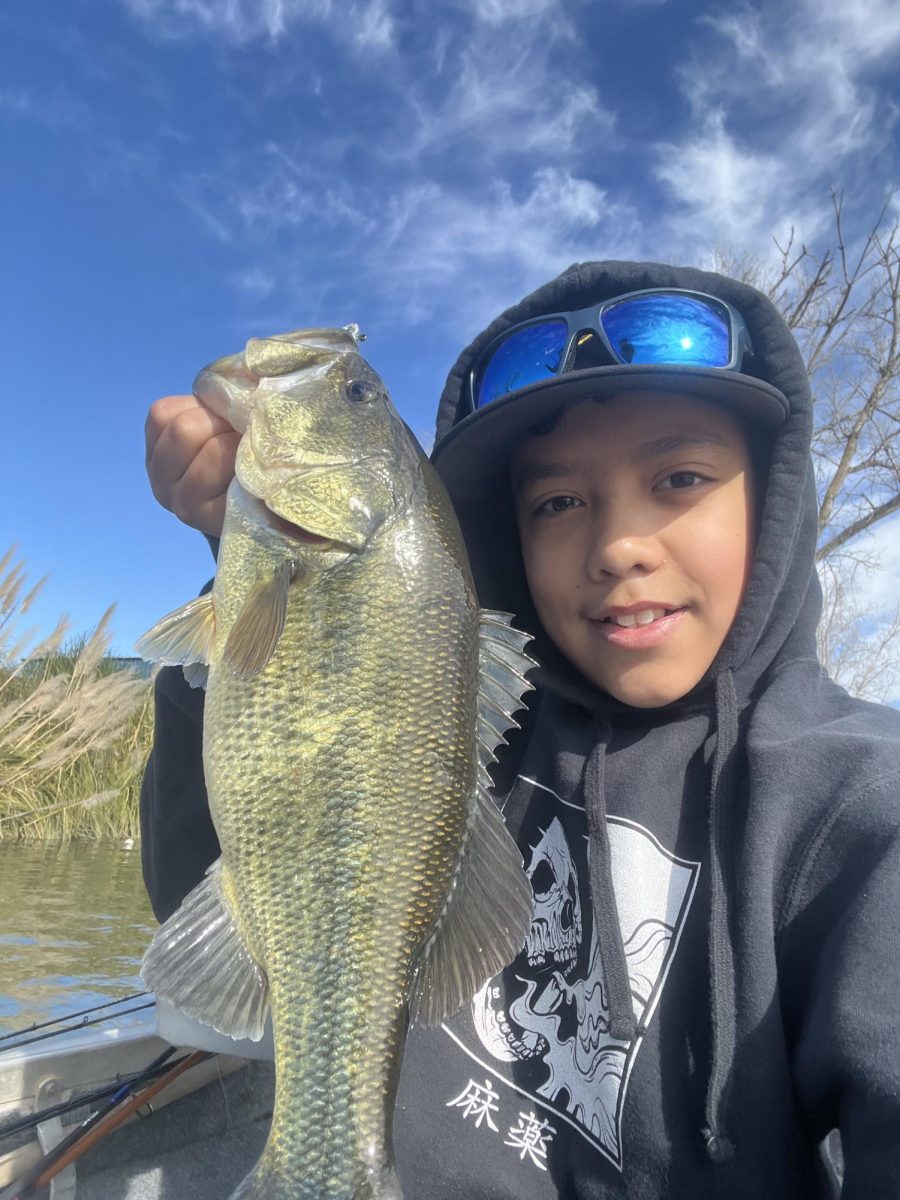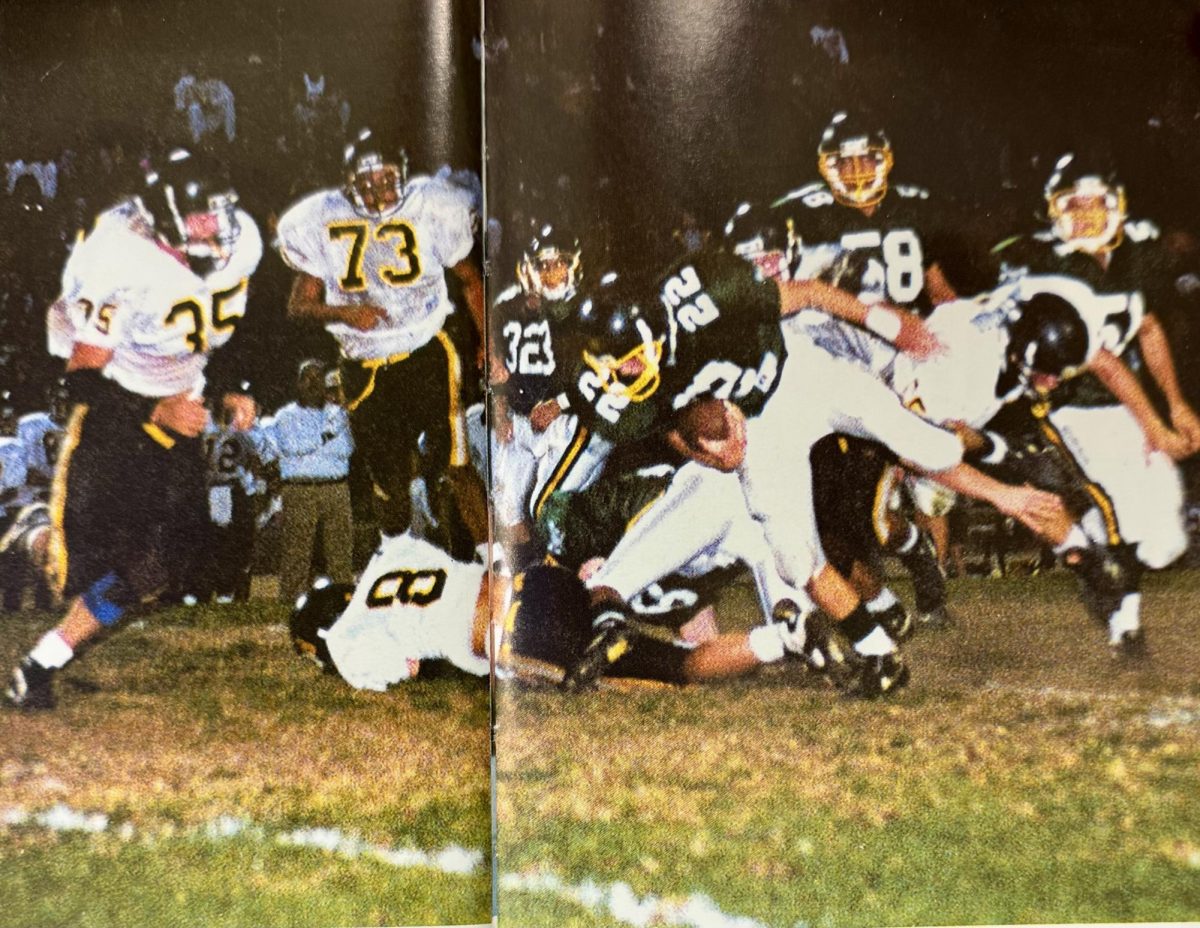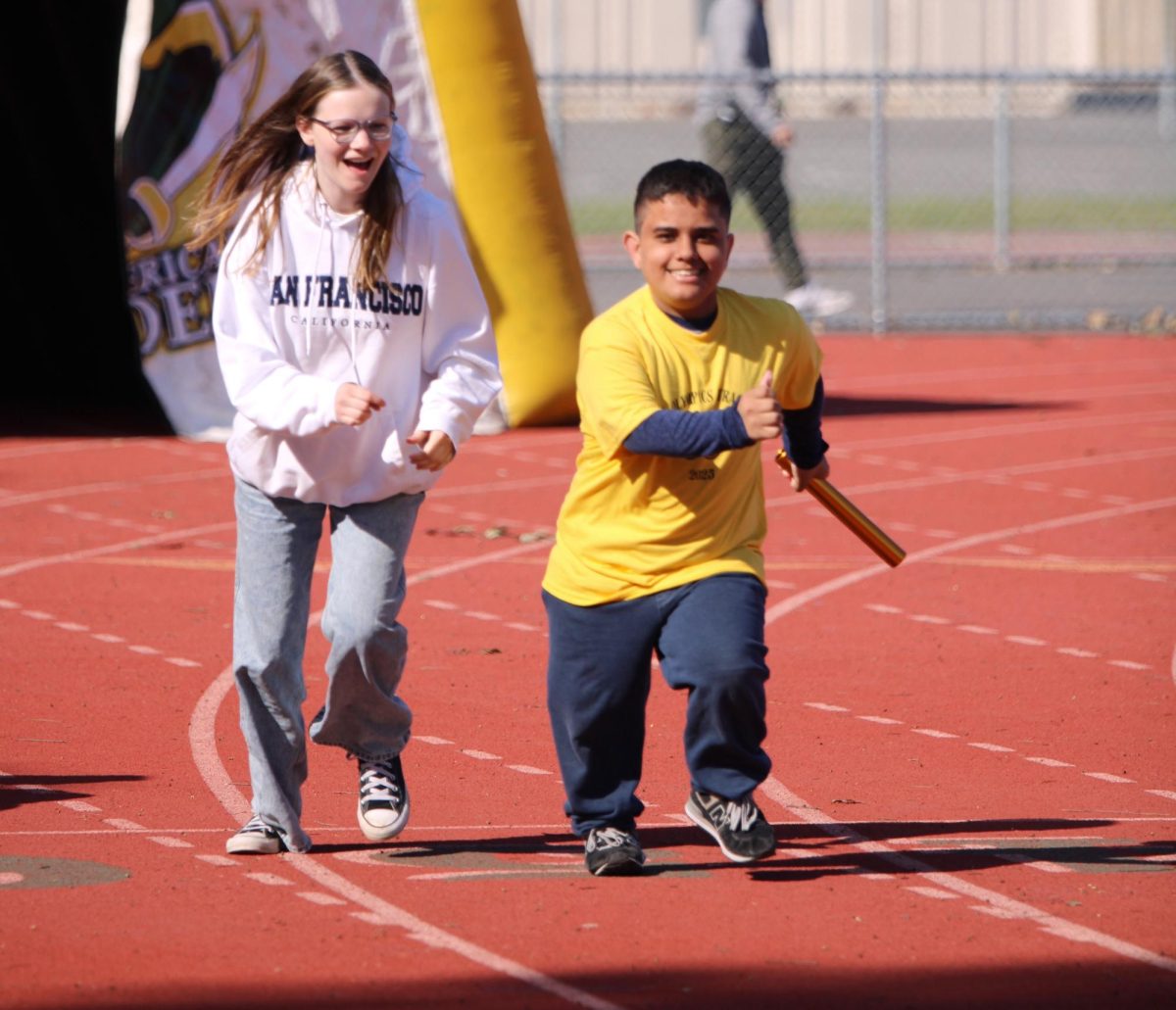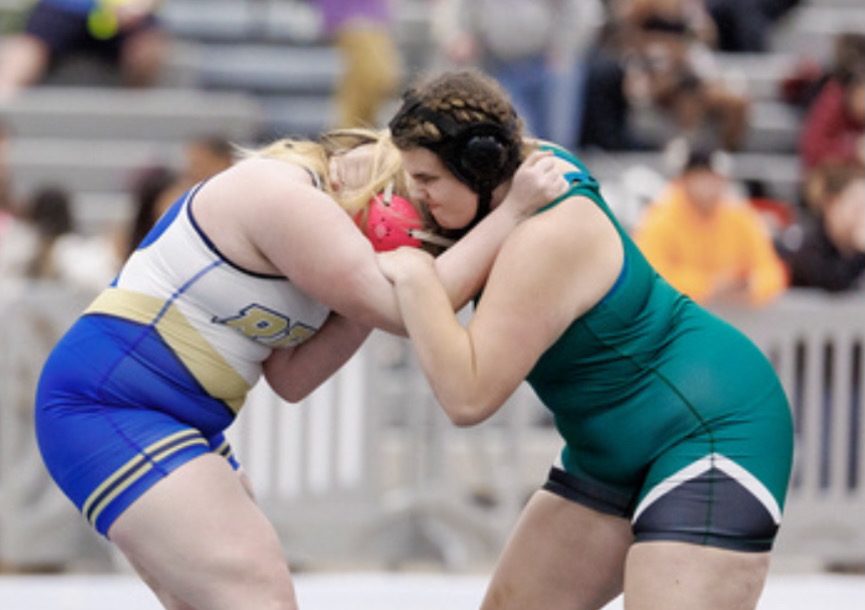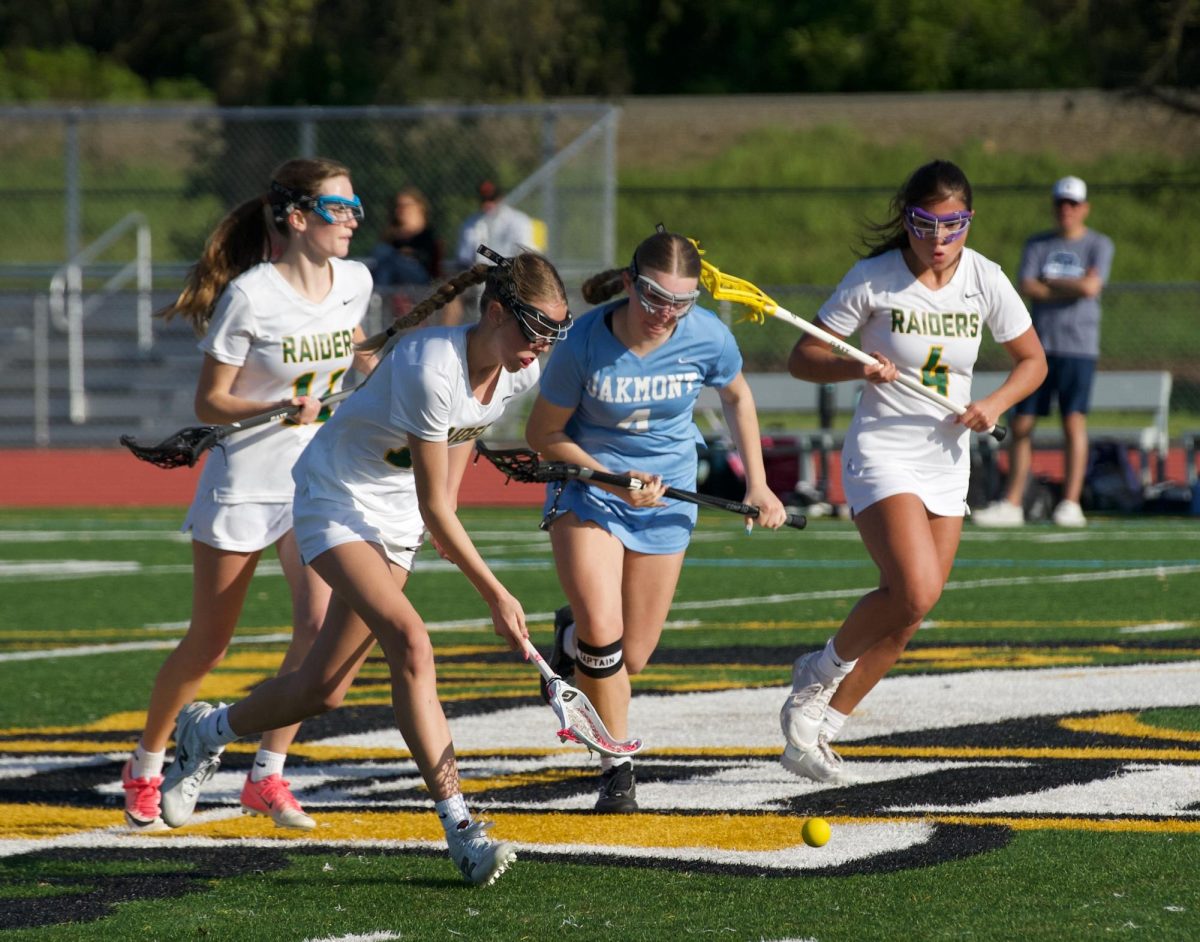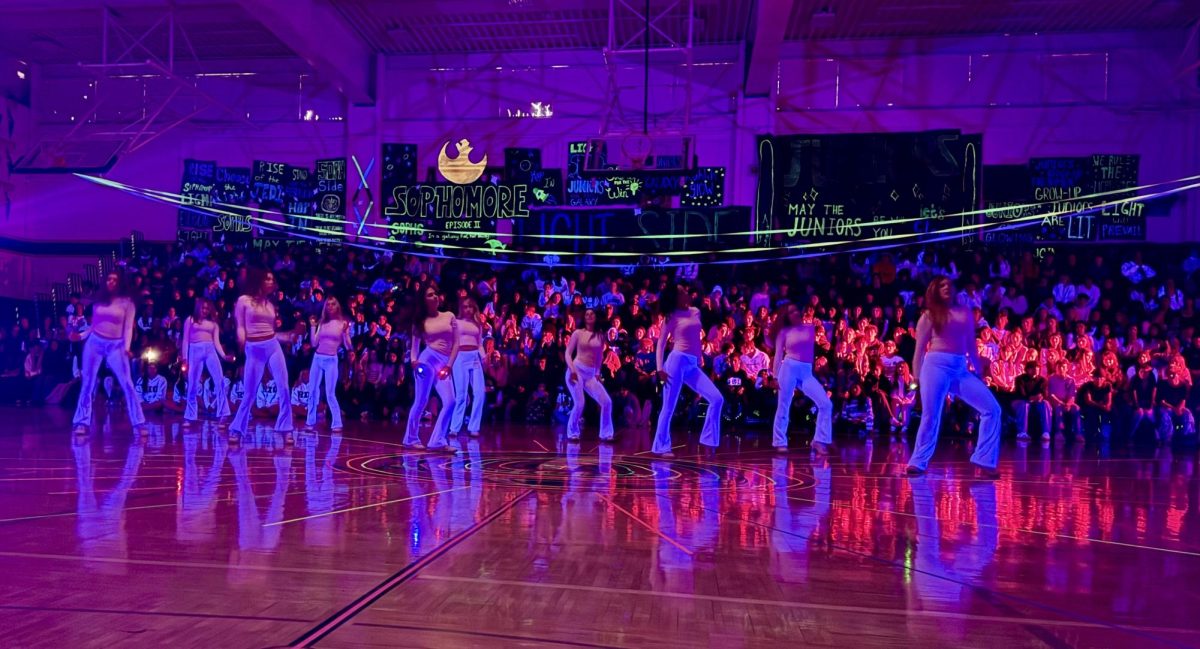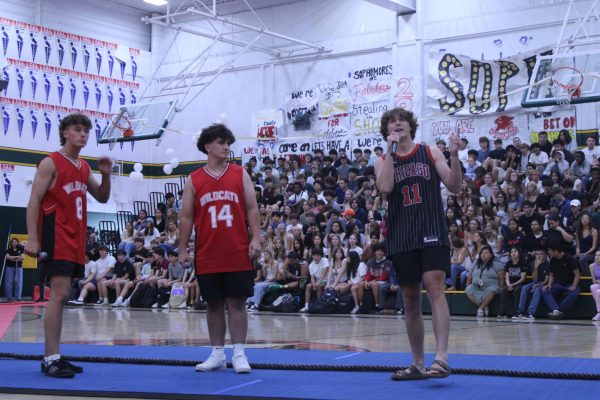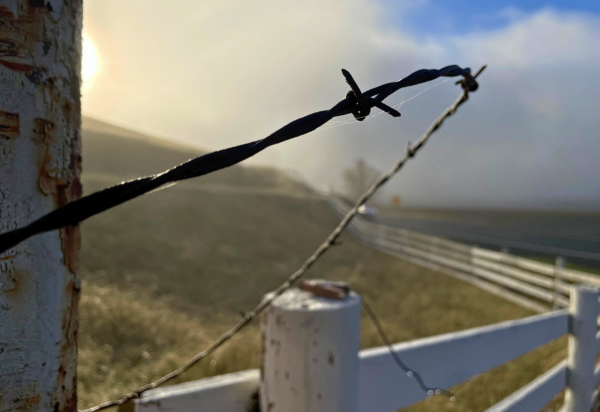Science Olympiad Prepares for Their First Competition in March
The only way to greatness is hard work.
This saying holds true for senior Michael Wu, who has competed in Science Olympiad for seven years.
Wu has competed in Science Olympiad at both Arden Middle School and this school.
“At Arden, they changed [events] from year to year, but there was always a flying event,” said Wu, “so I did that event. I also did Towers and Boomilever.”
Science Olympiad is a team competition that allows two teams, an A and B team, from each school. These teams register students to compete in 23 different events. These events range from study to building to lab and from biology to chemistry to earth science.
In study events, two students take tests on different scientific subjects; events include Anatomy and Physiology, Astronomy and Disease Detectives. Students diagnose diseases and understand how the brain works in Anatomy and Physiology. Astronomy competitors must know about stars, as well as complicated physics and math concepts. In Disease Detectives, competitors analyze studies and data to identify the source of an epidemic.
Lab events force students to perform on the spot at competition. From limited materials provided, students must design and carry out an experiment in Experimental Design. They investigate fingerprints, chemicals, fibers and tire tracks to figure out who is the culprit in Forensics. In Write It-Do It, one partner writes a detailed description of a complicated structure, using only words. The structure is then taken apart, and the other person has to recreate the entire structure down to the dot.
On the other hand, in building events, multiple students work on a mechanical device that fulfills a certain parameter and does a certain task. Events range from Mission Possible and Boomilever to Elastic Launched Glider and Bungee Drop. In Mission Possible, competitors create a Rube-Goldberg device, so that one action catalyzes another and so on until a final action, like the raising of a flag, is completed. The Boomilever event requires students to construct a device that can efficiently hold a specific weight. Students in Elastic Launched Glider create a glider that is launched by releasing a rubber band. In Bungee Drop, the goal is to drop an object so that it gets as close to the ground as possible–but without actually touching the ground.
Wu’s specialty is building events. His events are Boomilever, Bungee Drop and Elastic Launched Glider.
Although he does not have as much time as he used to, Wu still puts in commitment towards Science Olympiad.
“I started [studying] in January for a few hours a weekend,” said Wu, “but not that much.”
Doing Science Olympiad has been extremely rewarding for Wu both socially and academically.
“I got to meet a lot of new friends and a lot of people,” said Wu. “I also explored engineering and design process.”
Science Olympiad Regionals takes place on Mar. 8 at Sac State.

